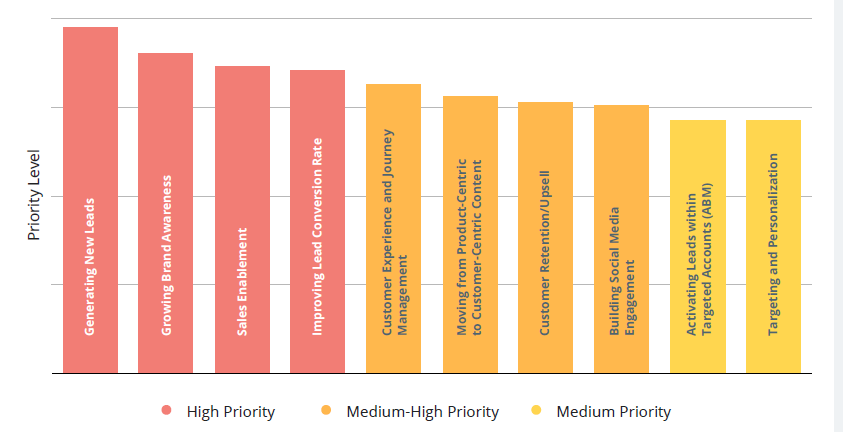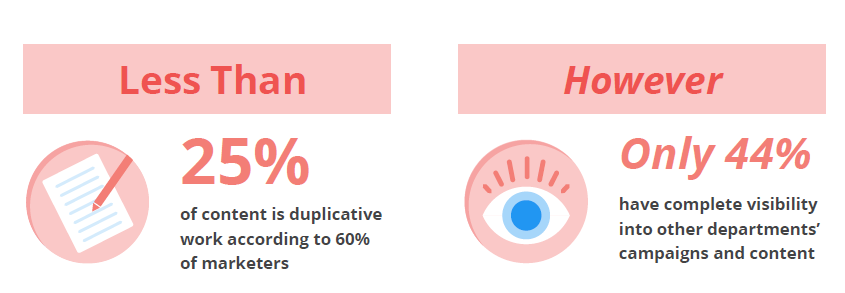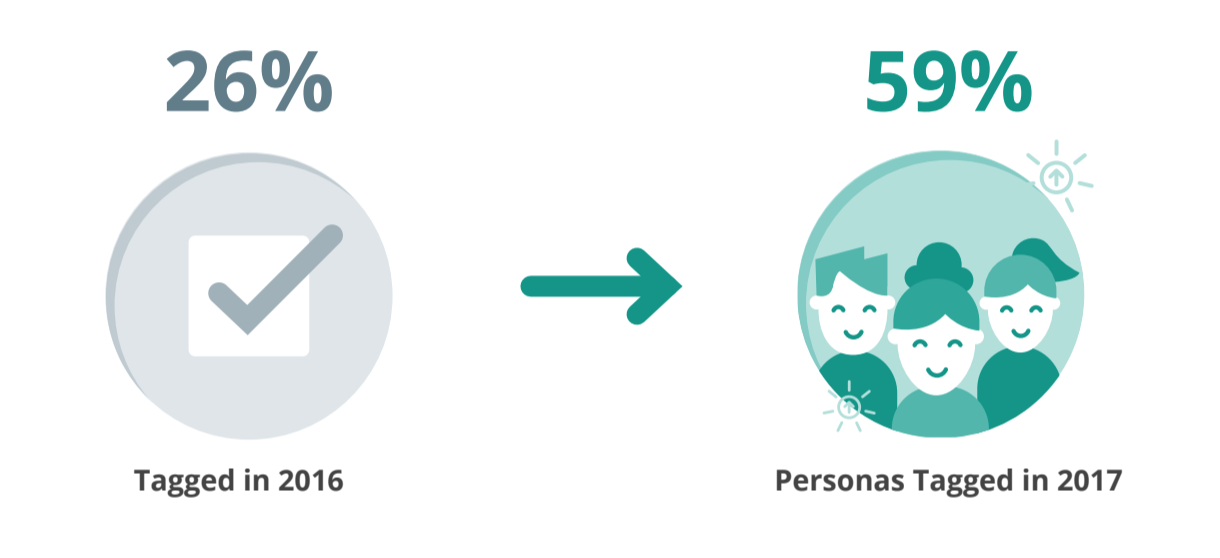When I was asked to review Kapost’s latest benchmark on B2B content operations strategy, I jumped at the chance. I’m admittedly a data hound. Content operations as a standard practice is still a pretty new concept for many B2B organizations, and I was curious to see how it was going.
Several things jumped out at me that are evidence of the tendency to put the cart before the horse.
Get Your Priorities in Order
Let’s take the subject of highest priority marketing strategies from the report:

As pointed out in the report, “unfortunately, not everything can be a high priority.”
But it goes beyond that. Marketers are making the highest priority goals the ones that require they complete the lower-priority goals first to get there.
Take the top priority: Generating New Leads. In order to achieve that goal, marketers need to create better experiences, produce customer-centric content, improve engagement in channels that can attract leads, and give all of this a boost with better targeting and personalization efforts.
All of those things are in their medium-high and medium priorities in the graphic above. Cart before horse.
Instead, what if our content operations strategy was to start checking those lesser priorities off as a means to achieving our highest priorities?
What you’ll find is that you’ll achieve a continuous improvement cycle that sweeps other priorities up as you gain momentum.
If you start with personalization, building in-depth personas that inform what specific target audiences find most relevant in relation to the problem you solve, then you’ll improve your targeting and segmentation. But, you’ll also gain an understanding of what’s important at each stage of the buying process, thereby improving your approach to customer experience and journey management.
Additionally, with that audience understanding, you’ll see why product-centric content doesn’t do the job, as well as gain insight into what will qualify as customer-centric content.
Do you see how this spirals?
As marketers, we need to look at how to do more with less and do it faster and better. Taking a fresh look at the way you approach content operations strategy and how you support iterating through lower priorities to reach a bigger payoff for higher priorities just makes more sense. Not to mention the momentum you can build for improving overall performance.
Gain Visibility: You Don’t Know What You Don’t Know
Visibility or, more frustrating, the lack of it, strikes home with me. I’m currently running a marketing team remotely for a client. What I can’t see is a lot. Oh, I have logins to the systems, Google Docs, Slack, and Chatter. But reconciling all of that to truly know what’s going on with content and programs across the company is harder than I remember it to be.
In the benchmark, B2B marketers said:

While duplicative or redundant content is wasteful, I’m even more concerned about the 56% of marketers who lack complete visibility into other departments’ campaigns and content.
I’m concerned that content operations doesn’t have a handle on the disconnected customer experiences and irrelevance that are caused by different campaigns that overlap but perhaps don’t relate or aren’t consistent across the brand. Your prospects and customers won’t think, “Oh, that was Joe in Department X. He and Sally in Department Y don’t talk much.”
What they’ll think is that your brand doesn’t have its stuff together. Even worse, they’ll be confused and not sure which experience to consider the true version. This means that all the hard work marketing has done across the organization will be minimized. That brand awareness you worked so hard for will be tarnished as prospects and customers find you less credible.
This can be fixed with technology. It can also be fixed by talking to each other regularly and collaborating on joint projects rather than everyone focused on their own one-off initiatives.
One of the things I discovered recently was just how many times prospects were touched by the automated programs my client’s team had set up. No one double checked with other departments so prospects were bombarded with communications that were sometimes at cross purposes. We’ve pulled the plug and are regrouping to rectify the situation. But recovery and regaining trust are going to take more effort than if the team had orchestrated their campaigns well in the first place.
Given that 72% of marketers said that content planning and creation doesn’t happen in the same system, I’m guessing that this kind of situation may be true for more of you than you think. It might be wise to go do some investigation.
Content Operations Are Making Progress
One highlight of the benchmark report is that marketers are making progress in the governance of content. We’re at the point that we’ve created so much content that many of us would do well to cease production and figure out how to reuse and repurpose the content we have to build better, more relevant experiences.
Take a look at this improvement:

That’s quite the growth rate in trying to be more purposeful with our content. Buying stage, product line, channel, vertical, and region are some of the other ways we see growth in tagging content.
This is one critical step forward as we need to be able to assess what we have in order to work with it in a way that produces results.
The more we can improve the governance of our content, the better we’ll be able to improve how well we can achieve our priorities and our visibility into what the content operation is actually contributing to the organization.
I’ll leave you with the quote I provided for the benchmark report:
“While marketers’ ambitions are high, their apparent understanding of how to prioritize the strategic activities that will get them there is not in sync with the modern buyer.
Marketers must understand their audience intimately and use content to create connected, progressive experiences. Increasing lead conversion rates will be a herculean task without also prioritizing and addressing each customer’s unique buyer journey management with targeting and personalization.
To be valued as a corporate asset, rather than viewed as a cost center, marketers need the visibility that allows for a holistic view of the entire content ecosystem and how the experiences they create with content impact the momentum and intent to purchase of their buyers. This becomes more critical with many marketers expected to drive at least 25% of company revenues.”
I see progress being made. If we can shift the way we approach B2B content operations strategies, I have no doubt that the progress we make by the next report will far outshine the progress we’ve seen to date.
To see the full benchmark report, download it here.

